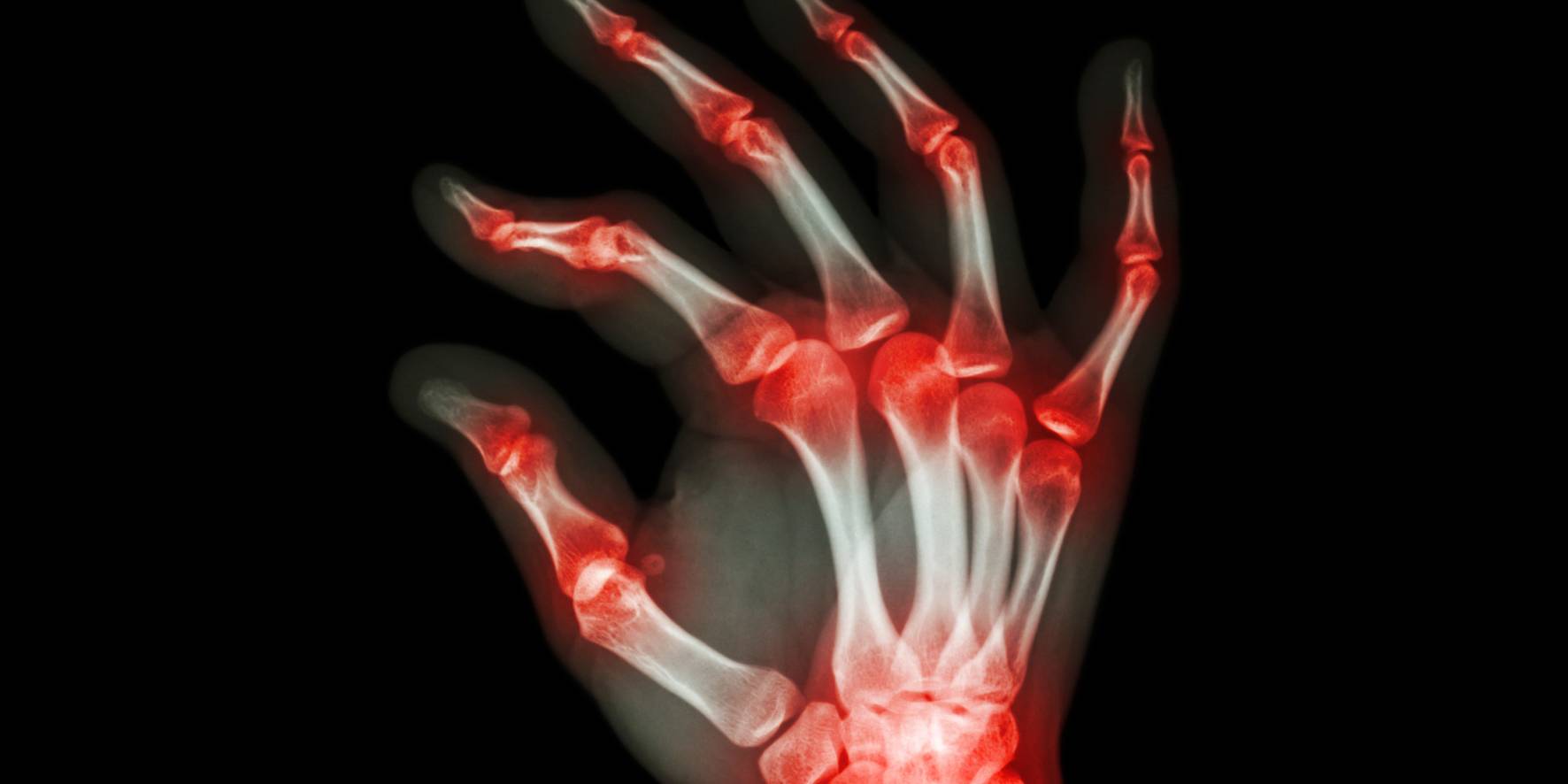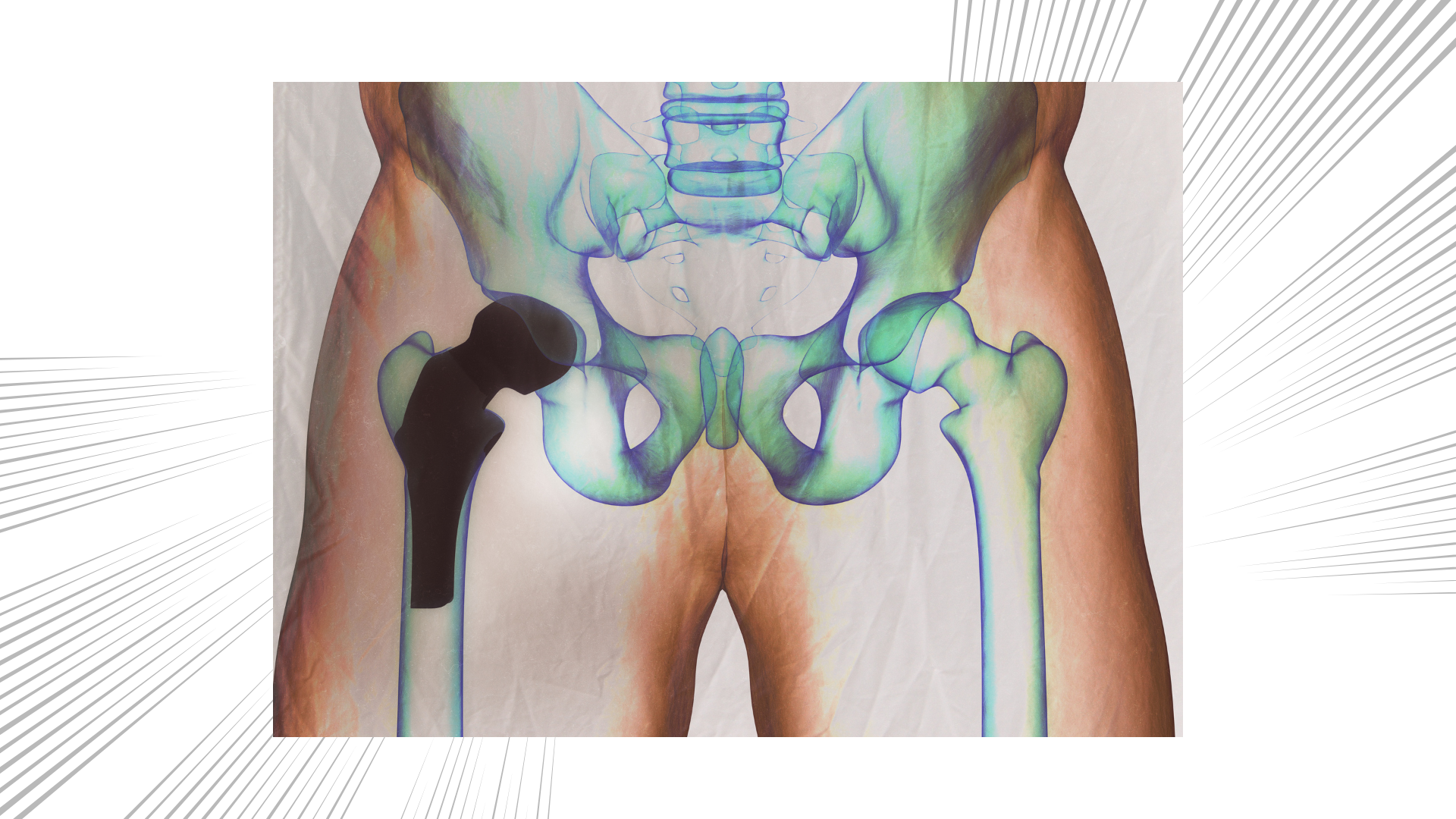Top Posts
The importance of early diagnosis and treatment for rheumatoid arthritis

Rheumatoid arthritis (RA) is a chronic autoimmune disease that affects millions of people worldwide. It causes inflammation in the joints, which can lead to pain, stiffness, and reduced mobility. While RA can affect anyone, it is more common in women and usually develops in middle age. Early diagnosis and treatment are crucial in managing RA and preventing further joint damage. In this blog, we'll discuss the importance of early diagnosis and treatment for RA. Early diagnosis can prevent joint damage RA can cause permanent damage to the joints if left untreated. Early diagnosis and treatment can help prevent or minimize joint damage, which can lead to better long-term outcomes. When RA is diagnosed early, medications and lifestyle changes can be implemented to control inflammation and prevent joint damage from progressing. Early treatment can improve symptoms Early treatment can help relieve the symptoms of RA such as pain, stiffness, and swelling. It can also help improve mobility and function. Studies have shown that patients who receive early treatment for RA have better outcomes and are more likely to achieve remission. Early treatment can reduce the risk of complications RA can affect other organs in the body, such as the heart and lungs. Early treatment can reduce the risk of complications and improve overall health. It can also help reduce the risk of developing comorbidities such as osteoporosis, depression, and cardiovascular disease. Early treatment can improve quality of life RA can significantly impact a person's quality of life. Early treatment can improve symptoms, reduce joint damage, and prevent complications, all of which can help improve a person's quality of life. It can also help them remain active, which is crucial for physical and mental well-being.
When is surgery required for Rheumatoid arthritis patients

Surgery may be required for some patients with rheumatoid arthritis (RA) when other treatments are no longer effective in managing their symptoms. The decision to proceed with surgery is typically made on a case-by-case basis, taking into consideration the patient's medical history, the severity of their condition, and their overall health. Here are some common scenarios when surgery may be considered for patients with RA: Joint damage: In some cases, RA can cause severe damage to the joints, leading to joint deformities, instability, and loss of function. When other treatments such as medication, physical therapy, and assistive devices are no longer effective, surgery may be needed to repair or replace the damaged joint. Joint replacement surgery is a common option for patients with severe joint damage. Tendon repair: RA can also cause damage to tendons, making it difficult for patients to perform daily activities. Surgery may be required to repair or reconstruct damaged tendons, which can help restore function and reduce pain. Synovectomy: RA causes inflammation of the synovial lining of the joints, which can lead to pain, swelling, and stiffness. In some cases, surgery to remove the inflamed synovial tissue may be recommended to alleviate symptoms and prevent further joint damage. Spinal surgery: RA can cause damage to the spine, leading to spinal stenosis, instability, and compression of nerves. Surgery may be required to relieve pressure on the nerves and restore stability to the spine. If you have RA, talk to your Orthopaedic about the best treatment options for you, including surgical options if necessary. With proper treatment and care, many patients with RA can manage their symptoms and maintain a good quality of life.
All you need to know about Hip Replacement

Hip replacement surgery, also known as hip arthroplasty, is a common procedure used to treat severe hip pain and stiffness caused by arthritis, injury, or other conditions. The surgery involves replacing the damaged or diseased hip joint with an artificial joint made of metal, plastic, or ceramic. The procedure is usually performed under general/spinal anesthesia and takes about 2 hours to complete. After surgery, patients typically stay in the hospital for 2-3 days and then undergo a period of rehabilitation to help regain strength and mobility. Hip replacement surgery is generally considered safe and effective, with a success rate of over 90%. However, as with any surgery, there are risks involved, including infection, blood clots, nerve damage & joint dislocation The recovery time for hip replacement surgery can vary depending on the patient's age, overall health, and the extent of the surgery, but most patients can expect to return to normal activities within six weeks. Hip replacement surgery can significantly improve a patient's quality of life by reducing pain, increasing mobility, and improving overall function.
© Copyright by Doctor Digital. All Rights Reserved
